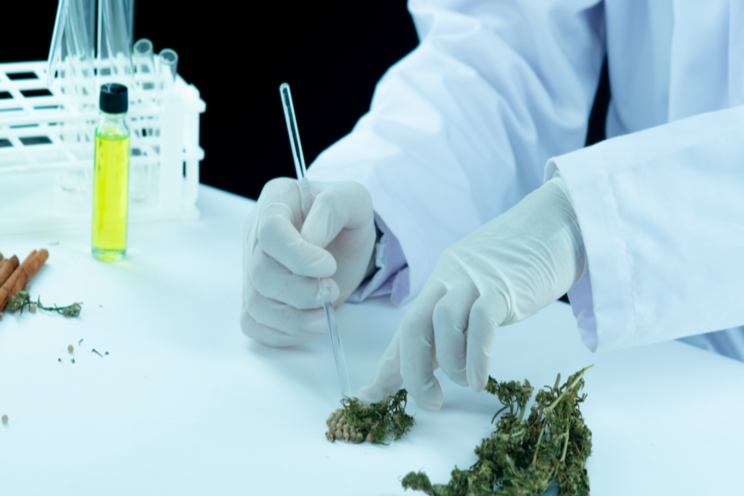Upcoming endangered species assessment on atrazine
Added on 12 October 2020

Syngenta offers the following response to these statements:
The voluntary label modifications undertaken by Syngenta and posted with the EPA interim decision on atrazine were the result of careful and comprehensive internal discussions involving business decisions, Section-7 consultation geospatial considerations and broader stewardship initiatives.
Section 7 consultation under the Endangered Species Act is required (by law) when a Federal entity (e.g. EPA) executes an "action" (e.g. pesticide registration) that could potentially affect listed species. EPA, as an example, is then required to consult with the Services (USFWS and NMFS) regarding the potential effects. EPA then issues a Biological Evaluation (BE), which the Services' evaluate and, if necessary, provides a Biological Opinion.
Statements made by special interest groups to suggest the voluntary label modifications were the result of pressure on EPA are incorrect and misleading. In Syngenta's letter, which EPA published with the interim decision, it is made clear that the label modifications which were volunteered by Syngenta were made in the interest of streamlining and improving the process for EPA's biological evaluation and any subsequent consultations. The voluntary label modifications are not the result of any consideration or determination whether the identified uses actually pose any ecological risks, whether to listed species or otherwise. Syngenta will continue to review its products in the normal course of business to ensure they are used in the most effective and appropriate way in accordance with regulatory requirements.
As a reminder:
What is Atrazine?
Atrazine is an important herbicide used for weed control in the production of crops. Predominantly used on corn, sorghum, and sugarcane, it's also used on wheat, guava, macadamia nuts, ornamental plants, Christmas trees, and, to a lesser extent, on residential lawns and golf courses.1 Herbicides are crucial tools for helping farmers manage weeds and significantly increase crop yields while decreasing the amount of tillage, which prevents soil erosion and greenhouse gas emissions.
Is Atrazine safe to use?
Yes. Atrazine has been extensively studied over the past 65 years. It has been concluded from nearly 7,000 studies that it is safe for humans and the environment at relevant exposure levels and it has been approved for use by regulatory bodies around the world. Like every registered household and farm pesticide product, label instructions must always be followed to support safe and optimal use.
Environmental Benefits
Atrazine is essential to conservation tillage and no-till farming, practices which reduce soil erosion and fuel use, and improve water and wildlife habitat. Many farmers have stated that they would not be able to successfully use no-till techniques without the use of atrazine. Among other benefits, no-till farming:
- Dramatically lessens runoff of water, soil, nutrients, and pesticides, preventing erosion and protecting aquatic ecosystems and water quality.
- Conserves water because crop residue from previous harvests is left on the ground, keeping moisture in the soil.
- Creates habitat for wildlife.
- Reduces fuel use. Fewer trips by tractors and other equipment reduces emissions and soil compaction and lowers fuel costs to the farmer.
- Reduces CO2 emissions. Plowing to control weeds releases CO2 into the air; no-till keeps CO2 trapped in the ground. Atrazine and other triazine herbicides help reduce emissions by up to 280,000 metric tons of CO2 per year.
Atrazine - Proposed Interim Registration Review Decision
Source: Ag News
Photo created by jcomp -freepik
Source: Ag News
More news















